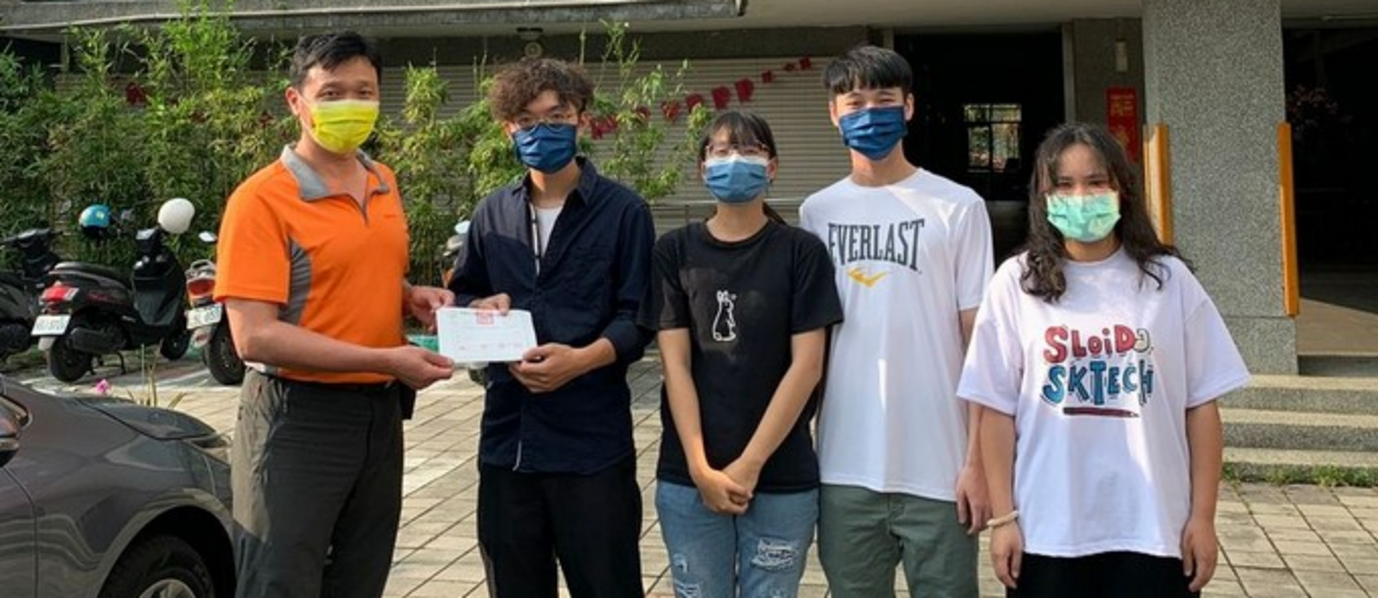The Yo-Chun Lunch Box Project: Humble Food, Magnificently Served


 Current LocationThe Yo-Chun Lunch Box Project: Humble Food, Magnificently Served
Current LocationThe Yo-Chun Lunch Box Project: Humble Food, Magnificently ServedRedefining the True Value of Food
There are various factors that affect the growing process of fruit and vegetables. These factors can even make produce rather unattractive. In a good scenario, uninviting produce will be sold at a lower price; but a big percentage of it will end up in a garbage dump. It is unfair that the nutrition and taste of humble-looking produce is not properly evaluated before being thrown away. According to UNEP statistics, there are one billion tons of food being wasted every year. What can be done to improve this monstrous amount of wasted food? It all comes down to how we treat less perfect-looking produce and how to make people redefine the true value of fruit and vegetables.
We were the founders of the Yo-Chun Lunch Box Project. We worked together as a graduation thesis team from the NCNU Department of Tourism, Leisure and Hospitality. When we became aware of the issue of food waste, we decided to make it our responsibility to raise people’s awareness of this issue. We wanted to advocate the notion that there’s no difference in the nutrition value between the unattractive and regular-looking produce. Humans rely on the nutrition from the food, not the appearance of it. After taking this mission to heart, the Yo-Chun Lunch Box Project, a project for food appreciation, was born.
In order to change people’s prejudice against unappealing fruit and vegetables and raise their awareness on the environmental impact from food waste, our members chose to make lunch boxes. It was the quickest approach to present this issue into the Chi Nan University community. We formalized our idea through a daily activity — having lunch — and we brought this idea to the public.
The Traditional Market, Where Human Touch Endures
Our team members purchased two types of produce: attractive fruits and vegetables near their expiration dates, and some that was fresh but less attractive. We then combined the two types, using the strictest handling procedures and the best cooking methods. By doing this, we minimized the disadvantages of the produce, while maximizing the benefits. In this way, the value of unattractive fruit and vegetables was realized.
Our team members got in touch with the Puli A-Nan Fresh Produce Wholesale Cooperative through the NCNU Shui Sha Lian Research Center for Humanities Innovation and Social Practice. When our team members walked into the traditional market, we realized that traditional markets are no longer the bustling places for buying food that they once were. Nowadays, the younger generation buys packaged produce from a supermarket instead of a traditional market. Supermarkets eliminate unattractive produce when selecting their food for sale. However, in a traditional market, less appealing fruit and vegetables find their chance to show their worth. Traditional markets not only reveal the freshness of produce, but also the warmth of human touch.
Securing Funding
After many meetings and experiments, our team members overcame difficulties in scheduling, finding locations and equipment, and lacking manpower. We received funds from the Chi Nan University Micro-project and the Dream Realization Project. We spent one day of the week testing our menu and two days (from 8:00 a.m. to 1:00 p.m. each day) selling lunch boxes. We had at least three team members working for each shift. Each lunch box was priced at 60 dollars, and 30 pre-ordered lunch boxes were prepared for sale each day.
Meanwhile, in order to make our philosophy known to our customers, each created weekly updates to our Facebook fan page to discuss the topic of leftover food and posted articles about the Puli Third Market. We further selected some parts of the articles to be printed on small flash cards. These cards were attached to our lunch boxes to highlight the mission of the Yo-Chun Lunch Box Project.
Our lunch boxes became a big hit among NCNU college students because our price was lower than the prices at the school cafeterias. An early market survey showed that most of the college students regarded our lunch box as a bargain. However, a few students thought that the quantity of the lunch box was not quite filling. As a result of this feedback, we increased the portion size of different vegetables and raised the price to 75 dollars.
After seven weeks, we sold 447 lunch boxes and made a total income of 31,000 dollars. All of our profit went to a local Puli charity, the Chen Chun Benevolent Home and a non-profit social enterprise named En Chu Hao Shih (En Chu Good Food), a restaurant that has the same philosophy as us.
Looking Back
It wasn’t easy to achieve our goal, but through our countless efforts we were able to bring a non-existent project to a nutritious result. Despite continuing improvements, we still had to make many decisions. Ultimately, we were able to formalize an abstract idea and worked hard to bring it to life.
Our team members devoted their energy to this project in the form of getting up early three times a week, having meetings, buying ingredients for the lunch boxes, designing menus, making flash cards and much more.
We had arguments along with the teamwork, but we were a group with a strong common goal. We found the solutions for our problems and marched forward hand in hand after our disagreements. We are thankful to all the people who lent us a hand. While our thesis is finished, it doesn’t mean that it is the end for the Yo-Chun Lunch Box Project. We hope the birth of this project reveals the crisis of leftover food to the public and we hope that we have passed on our enthusiasm of cooking with humble-looking fruit and vegetables to the public.